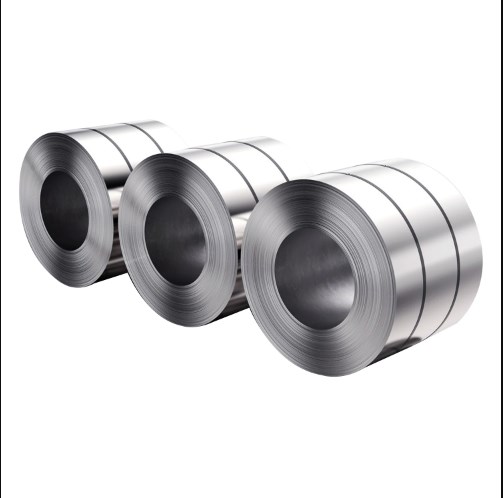- Phone:+86-17331948172 +86-0319-8862898
- E-mail: inquiry@puxingclamp.com
Nov . 27, 2024 20:06 Back to list
Effective Tips for Using Hose Clamps in Various Applications
Essential Tips for Using Hose Clamps Your Comprehensive Guide
Hose clamps are versatile fastening devices that play an essential role in a variety of applications, from automotive repairs to home plumbing solutions. Though often underestimated, these small yet mighty tools provide crucial support in securing hoses to fittings, preventing leaks and maintaining system integrity. Here are some indispensable tips for using hose clamps effectively to ensure optimal performance and longevity.
1. Choose the Right Type of Hose Clamp
Hose clamps come in various types, including worm gear clamps, spring clamps, and ear clamps. Worm gear clamps are adjustable and commonly used due to their ease of installation and solid grip. Spring clamps provide constant tension and are ideal for soft hoses. Ear clamps, on the other hand, are used for more permanent solutions as they require crimping for installation. Selecting the right type of clamp for your specific application can significantly impact performance.
2. Measure the Hose and Fitting Properly
Before purchasing a hose clamp, accurately measure the diameter of the hose and the fitting it will be attached to. Using a clamp that is too small can lead to damage or insufficient sealing, while an overly large clamp can allow for excessive movement, risking leaks. A good practice is to use a caliper for precise measurements to ensure you choose the correct clamp size.
3. Install with Care
When installing a hose clamp, it’s essential to ensure that the hose is fully seated on the fitting. Slide the clamp over the hose and position it approximately 1/4 inch from the end of the hose to allow for an optimal seal. Tighten the clamp evenly and gradually using a screwdriver or wrench, depending on the type. Over-tightening can cause the hose to deform, while under-tightening might not provide a sufficient seal.
hose clamp tips

Hose clamps are not a “set it and forget it” component. Regular inspection is necessary, especially in high-pressure applications or environments with fluctuating temperatures. Look for signs of wear, corrosion, or loosening. If you notice any irregularities, it’s a good idea to replace the clamp to prevent leaks and system failures. Periodic maintenance will ensure that all fastenings remain secure and functional.
5. Consider Material Types
Hose clamps come in various materials, including stainless steel, plastic, and coated metals. Stainless steel clamps are ideal for high-pressure and corrosive environments, such as in automotive or marine applications. Plastic clamps may be sufficient for low-pressure systems, while coated metals can provide an additional layer of protection against rust. Understanding the environment in which your hose will operate can guide material selection.
6. Avoid Overuse
While it may be tempting to use multiple clamps for added security, this can create complications. Over-clamping can lead to hose deterioration or create stress points that increase the likelihood of leaks. Instead, focus on using a single properly sized clamp for each hose connection and ensure it is securely tightened.
Conclusion
Hose clamps are invaluable tools that, when used correctly, can enhance the functionality and reliability of various systems. By selecting the right type, sizing appropriately, installing with care, maintaining regularly, and choosing the appropriate materials, you can ensure that your hose connections remain secure and leak-free. Remember that preventative maintenance not only saves costs in repairs but also boosts the efficiency of your systems. With these tips in hand, you can confidently utilize hose clamps in your projects, knowing you will achieve the best results.
-
Large Stainless Steel Adjustable American Type Hose Clamp-Hebei Pux Alloy|Durable Stainless Steel Construction&Adjustable Design
NewsAug.15,2025
-
Large Stainless Steel Adjustable American Type Hose Clamp - Hebei Pux Alloy Technology Co., Ltd
NewsAug.15,2025
-
Large Stainless Steel Adjustable American Type Hose Clamp - Hebei Pux Alloy Technology Co., Ltd|Adjustable Design&Corrosion Resistance
NewsAug.15,2025
-
High Quality German Style Mini Stainless Steel Hose Clamps
NewsAug.15,2025
-
Large Stainless Steel Adjustable American Type Hose Clamp-Hebei Pux Alloy Technology Co., Ltd|Corrosion Resistance, Adjustable
NewsAug.15,2025
-
Large Stainless Steel Adjustable American Type Hose Clamp - Hebei Pux Alloy Technology Co., Ltd
NewsAug.14,2025




